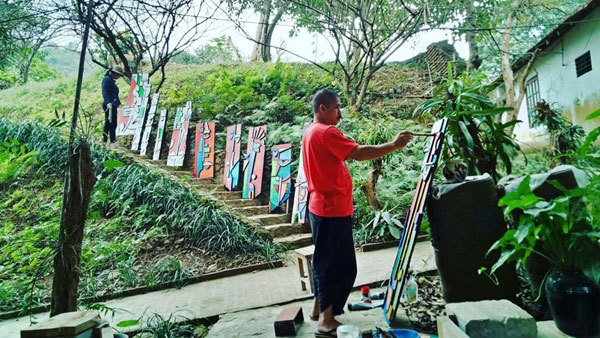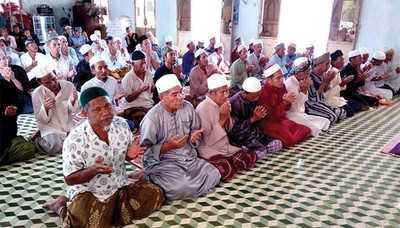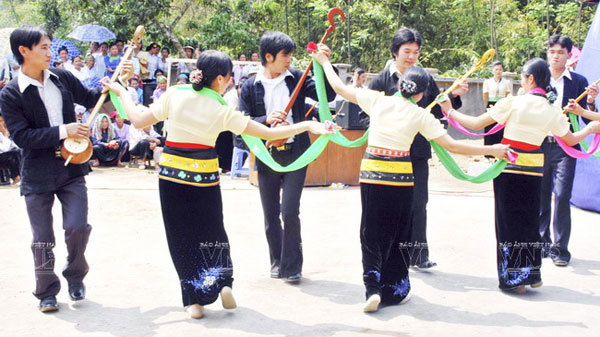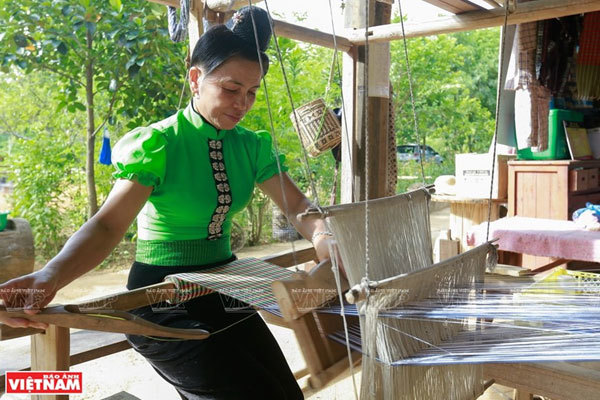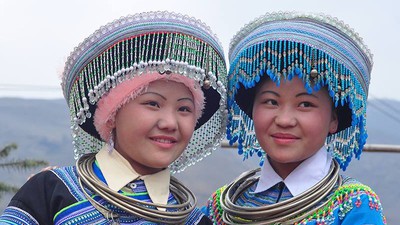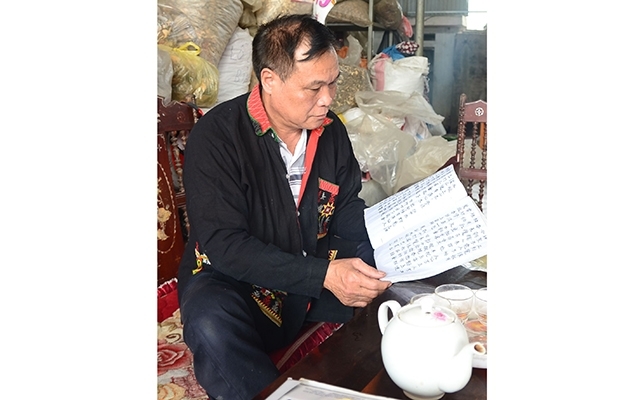- © Copyright of Vietnamnet Global.
- Tel: 024 3772 7988 Fax: (024) 37722734
- Email: [email protected]
vietnam ethnic groups
Update news vietnam ethnic groups
Significance of international awards for promoting intangible cultural heritage
Vu Duc Hieu, director of the Muong Cultural Space Museum, has won the 2020 Jeonju International Awards for Promoting Intangible Cultural Heritage (JIAPICH), which is expected to be presented in an online form on September 15.
Ramadan month of the Cham
Cham people in the Mekong delta province of An Giang live mostly in An Phu, Tan Chau, and Phu Tan district.
Consolidating solidarity through the circle of Xoe dance
 Xoe dance is not only the pride of the Thai ethnic people but it is also a unique cultural feature in the repertoires of folk dances of ethnic minority groups in the northern province of Dien Bien and the northwest region in general.
Xoe dance is not only the pride of the Thai ethnic people but it is also a unique cultural feature in the repertoires of folk dances of ethnic minority groups in the northern province of Dien Bien and the northwest region in general.
Thai ethnic people’s traditional brocade weaving
Thai ethnic people in the Northwestern region are renowned for their traditional craft of brocade weaving that has been preserved for many generations.
Sli songs of Nung ethnic people preserved by local artist
The Northern border province of Lang Son is famous for Then and Sli singing of the Nung ethnic people as over the years a number of local artists have made every effort to preserve and promote these folk melodies.
Thai singing to bid farewell to son, welcome daughter in-law
Thai people have still observed a singing custom at weddings called “khap xong khuoi, ton pau” which means singing to bid farewell to the son and welcome the new daughter in-law.
Masks in religious rites of the Dao
The Dao comprise two groups, who speak the Mien and Mun dialects. In religious rites of the Mun group, there are always Ka Dong men wearing masks with two horns.
Colourful headdresses of ethnic girls in mountainous region
Headdresses are considered an indispensable part of the outfits worn by ethnic girls in the country’s northwestern mountainous region, highlighting the traditions of the various different ethnic groups that live in the area.
Beauty of Ta Oi ethnic costume
 The beauty of Ta Oi ethnic’s costume is linked with their traditional craft ‘zeng’. Zeng is a type of brocade of Ta Oi people in A Luoi district in the central province of Thua Thien - Hue.
The beauty of Ta Oi ethnic’s costume is linked with their traditional craft ‘zeng’. Zeng is a type of brocade of Ta Oi people in A Luoi district in the central province of Thua Thien - Hue.
Xip Xi Festival of the White Thai
 The White Thai ethnic minority celebrate their Xip Xi Festival on the 14th day of the 7th lunar month in the leisure time before the fall harvest.
The White Thai ethnic minority celebrate their Xip Xi Festival on the 14th day of the 7th lunar month in the leisure time before the fall harvest.
Unique group date of Ta Oi ethnic people
 Young Ta oi ethnic men and women are free to choose their partners in a unique group date called ‘sim’.
Young Ta oi ethnic men and women are free to choose their partners in a unique group date called ‘sim’.
On the outskirts of Hanoi, Dao people are struggling to retain an ancient script
 A writing system is the asset, culture and pride of every ethnic group. But for the Dao people on the outskirts of Hanoi, there is a fear that their ancient script is fading away from their cultural, religious and daily activities.
A writing system is the asset, culture and pride of every ethnic group. But for the Dao people on the outskirts of Hanoi, there is a fear that their ancient script is fading away from their cultural, religious and daily activities.
Che jars in the Ede’s life
 The Ede ethnic minority people in the Central Highlands have developed rich cultural values, which are closely associated with terraced field cultivation.
The Ede ethnic minority people in the Central Highlands have developed rich cultural values, which are closely associated with terraced field cultivation.
Water resource ceremony of the Ede
The Ede ethnic minority people think that every water resource is managed by a genie. After each harvest and before each new crop, the Ede thank their water genies for blessing them with good weather and lots of luck.
La Ha ethnic group
The La Ha people live in Vietnam’s northwestern region. In the past they lived off the land in isolated remote mountains, where they developed unique customs and rituals.
